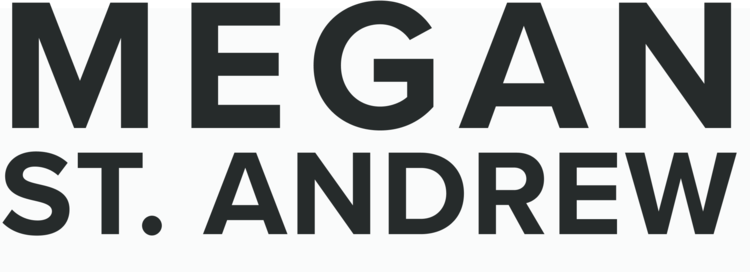Data Swimming
Exploring interactive data visualization for exhibition spaces
TYPE: Independent Project
EVENT: Hidden 2 Observation (H2O) Exhibition
TIMESPAN: Fall 2019 - Winter 2020
CHALLENGE: Design a gallery piece for Hidden 2 Observation (H2O), an interactive exhibition meant to inform and highlight threats facing water quality.
TOOLS:
Adobe Illustrator
MATERIALS:
Wood
Fabric
Poster Paper
Fishing Line
About the Hidden 2 Observation (H2O) Exhibition
For this project, information science students were invited to submit a piece about water contamination. Each piece should represent a data set related to water contamination. In short, a data visualization. Exhibition participants were encouraged to explore different methods, materials, and interactions in order to convey their own data set in compelling and learnable ways.
Choosing a data set: EGLE water quality maps
For this project, I wanted to focus on a local data set specific to the local community (Ann Arbor, Michigan and the Washtenaw County area). I ultimately discovered water quality maps from the Michigan Department of Environment, Great Lakes, and Energy (EGLE), which contained nontransient noncommunity water supplies and residential water well sample results mapped onto each Michigan county. For this project, I used water quality maps specific to Washtenaw County in southeast Michigan. EGLE has ultimately collected data on the levels of arsenic, nitrates, and VOCs in water samples, all considered to be dangerous to human beings in certain quantities.
For this project, I used water quality maps specific to Washtenaw County in southeast Michigan:
Washtenaw County drinking water arsenic results
Washtenaw County drinking water nitrate results
Washtenaw County drinking water VOC results
This data is sourced from https://www.michigan.gov/egle/0,9429,7-135-3313_3675_3690-76500--,00.html.
Creating “Data Swimming”
Initial drafts
For this project, I wanted to explore ways that users could interact with the data. I ultimately focused on the idea of people being able to explore data sets in physical space. The hope is that this makes the data set accessible and exploratory to the general public in ways that traditional data visualization might not.
An initial sketch of a data set that people can physically move through and explore.
In order to guide users in this exploration and discovery, I wanted to utilize color to focus attention and call out “hot spots” of the data set (e.g. places in the county where contaminants where found more often and at higher levels).
Early drafts of using color and data visualization in combination to convey level of contaminants to the public.
A digital draft representing how level of contaminants could be represented using color on a gradient of blue (less contaminants) to red (more contaminants).
Representing location and level of contamination
In order to calculate the level of contamination by area within Washtenaw County, I divided the the county into 64 areas based on land (as opposed to population):
A map of Washtenaw County divided into 64 equal parts.
I applied the above grid to the EGLE maps and counted the occurrence of each contaminant in each block. Any instance of a contaminant at a level considered to be dangerous to human beings counted as one point for the designated area. All points for each contaminant was counted and represented an overall score for that block. The higher the score, the more contaminants.
Each block was then designated a color based on the number of contaminants from blue (least contaminants) to red (most contaminants.
Three of the least populated blocks were chosen to convey information about each contaminant and are represented by the color yellow.
Contaminant levels and color coding of each of the 64 blocks in Washtenaw County.
Building “Data Swimming”
From here, I began assembly of the actual exhibition piece. I first designed the contaminant information cards to hang from each piece of colored fabric.
Yellow contaminant information cards hung from yellow fabric and informed audience members about each contaminant as well as what to do if they found one of the contaminants in their own water supply.
Location cards contained a name of the main neighborhood contained in the block as well as contaminant levels, all color coded according to number to contaminants.
After creating the information cards, the main frame of the actual piece was constructed out of wood and fishing wire. Pieces of fabric were attached at 64 points along the wood and fishing wire structure.
64 strips of fabric represented 64 distinctive areas of Washtenaw County and their associated level of contaminants in the water supply.
Corresponding location cards were matched to each strip of fabric. The frame was ultimately hung from the ceiling.
The first prototype for Data Swimming appears to the right.
Advertising for the exhibition
Besides creating a piece for the Hidden 2 Observation (H2O) exhibition, participants were also asked to create a poster to advertise the exhibition around Ann Arbor, Michigan and in online spaces. Participants were asked to create two posters, one traditional poster sized 24” x 36” and a second sized 18” x 12”.
A 24” x 36” poster for the Hidden 2 Observation (H2O) exhibition.
A 18” x 12” poster for the Hidden 2 Observation (H2O) exhibition.

















